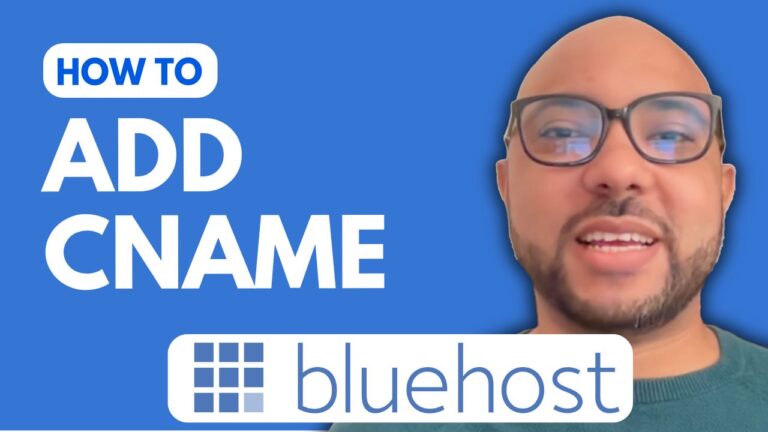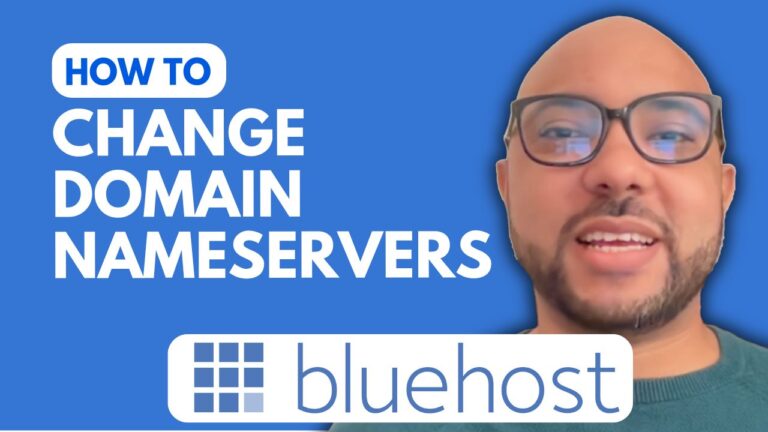How to Change cPanel Password on Namecheap: Quick Guide
Welcome to our quick guide on changing your cPanel password on Namecheap! Whether you’re looking to enhance your website’s security or simply need to update your login credentials, this process is straightforward and easy to follow. Let’s dive right in.
Step 1: Accessing cPanel Preferences
First things first, log in to your Namecheap account and navigate to your cPanel dashboard. Once logged in, scroll down to the preferences section and locate the “Password & Security” option.
Step 2: Entering Old and New Password
In the “Password & Security” section, you’ll be prompted to enter your old password for verification. Once done, proceed to input your new password twice to ensure accuracy.
Step 3: Confirming Password Change
After entering your new password, click on the “Change Your Password” button to confirm the changes. It’s essential to choose a strong password to enhance the security of your cPanel account.
Step 4: Resetting Password (If Necessary)
If you don’t have access to your cPanel or have forgotten your password, don’t worry. Simply click on the “Reset Password” link provided. You’ll be prompted to enter your cPanel username.
Step 5: Retrieving Security Code
After entering your cPanel username, you’ll receive a security code via email. Check your inbox for this code and copy it into the designated field.
Step 6: Setting New Password
Once you’ve entered the security code, you’ll gain access to reset your cPanel password. Follow the prompts to set a new, secure password for your account.
Step 7: Logging In with New Credentials
With your new password set, return to the cPanel login page. Enter your cPanel username along with the newly created password and click on the “Login” button.
Conclusion: Congratulations! You’ve successfully changed your cPanel password on Namecheap. By following these simple steps, you can ensure the security and integrity of your hosting account. Remember always to use strong, unique passwords and regularly update them to stay protected. If you found this guide helpful, don’t forget to give it a thumbs up and subscribe for more tutorials. Thank you for watching!





